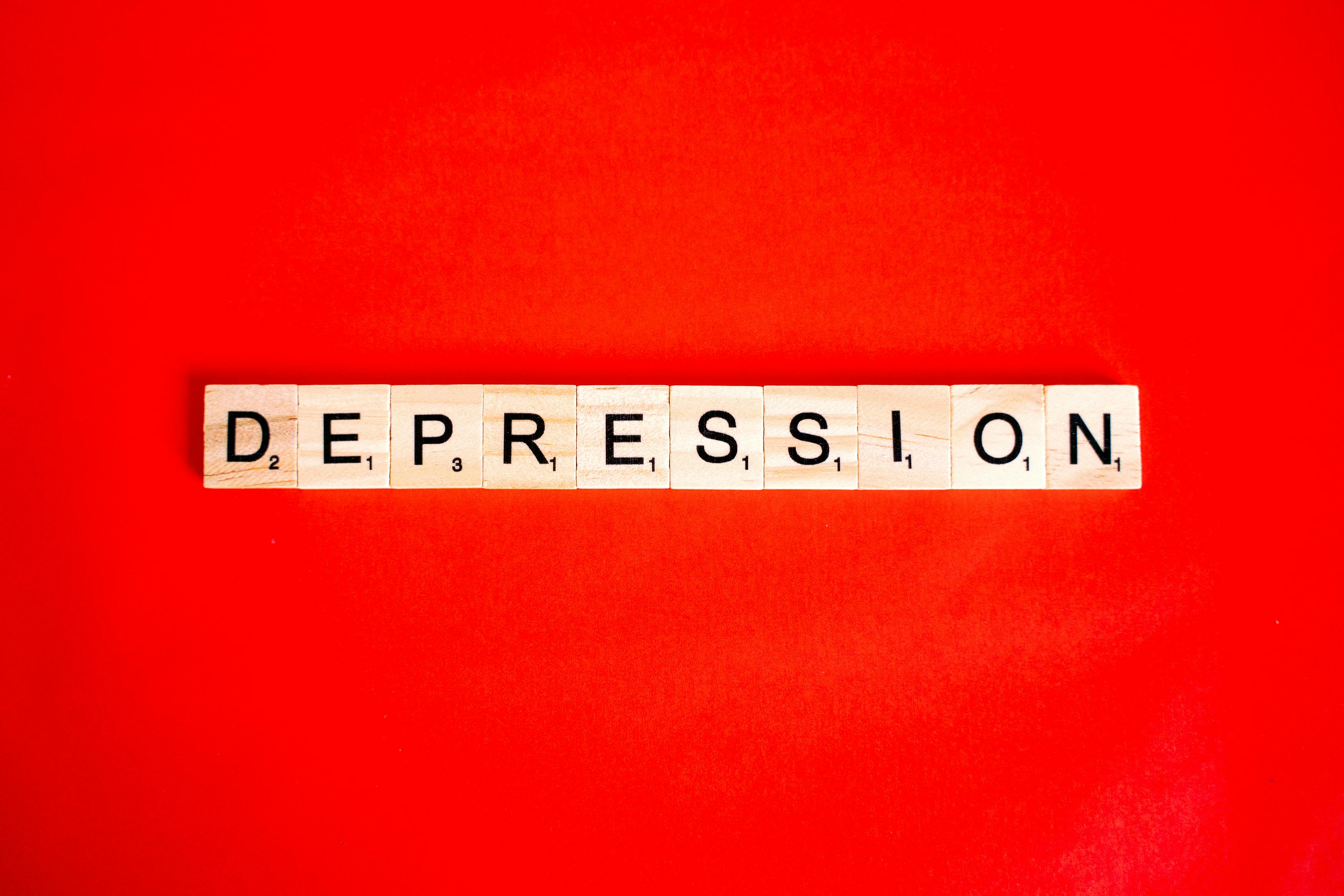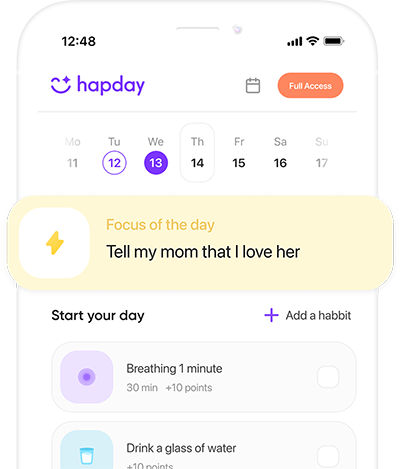Sure, let’s dive into making this article a bit more human-like, with all the quirks and character you’d expect from a seasoned human writer who’s, maybe, had one too many coffees this morning.
Table of Contents
- Understanding Childhood Trauma (And Why It Matters)
- Trauma’s Sneaky Effects on the Brain
- Healing Strategies: The Resilience Toolkit
- Self-Compassion: The Secret Sauce
- Crafting Your Own Healing Plan
- Tackling the Hurdles
- Playing the Long Game: Stick with It
- Wrapping Up
- References
Understanding Childhood Trauma (And Why It Matters)
So what exactly are we talking about when we say “childhood trauma”? Well, imagine the worst moments that can barge into a kid’s life: physical or emotional abuse, sexual abuse, neglect, witnessing someone you love in harm’s way, or losing a parent. Tough stuff, right? According to some folks at the National Child Traumatic Stress Network, around 25% of U.S. kiddos face some form of trauma before they hit sweet sixteen. Sounds crazy, but these experiences can totally wreck a child’s sense of safety and trust, giving them a lifetime of psychological baggage.
Trauma’s Sneaky Effects on the Brain
Childhood trauma doesn’t just hang out as a bad memory—it can play havoc with brain development. Messed-up neural pathways, that’s what we’re talking about here. A dive into the Journal of the American Academy of Child & Adolescent Psychiatry shares that trauma messes with parts of the brain that deal with emotions, memory, and just plain thinking straight. The fallout? Anxiety, depression, maybe even PTSD knocking at your door later in life. Sound familiar to anyone?
Healing Strategies: The Resilience Toolkit
- Therapeutic Interventions
Therapy—it’s not just lying on a couch spilling your guts; it’s a lifeline. Both Cognitive Behavioral Therapy (CBT) and Eye Movement Desensitization and Reprocessing (EMDR) have earned their stripes here, helping people rewrite their own narratives. One bit from Psychological Medicine tells us CBT is ace at helping people flip the script on those pesky negative thoughts, while EMDR works its magic on making traumatic memories less haunting.
- Mindfulness and Meditation
Mindfulness? It might sound woo-woo, but studies in Trauma, Violence, & Abuse say there’s something to it. It’s all about honing emotional regulation—fancy term for staying chill when you’d rather scream. Deep breathing, meditation, even grounding techniques are like kryptonite for trauma-induced stress.
- Solid Support Networks
Let’s face it, going solo ain’t always the way. A strong support system is gold. Social support can be like a soothing balm, taming those feelings of “I’m so alone in this.” People who’ve walked similar traumas? Pure camaraderie. They offer a unique, healing sense of community.
- Get Moving: Physical Activity
Sweat it out! Regular exercise—even just a daily walk—can seriously lift those trauma clouds. Exercise triggers endorphins—your body’s very own happy pills. Clinical Psychology Review mentions that practices like yoga and tai chi aren’t just good for the body but heal the soul by reducing anxiety and lifting spirits.
- Creative Arts Therapies
Ever tried dancing through your feelings or painting them out? Creative arts therapies bring a fresh spin to emotional healing. Trust The Arts in Psychotherapy on this one: They say art, music, dance—these can help express what words might fumble over.
Self-Compassion: The Secret Sauce
Let’s chat self-compassion. Sounds a bit fluffy, right? But wait—it’s key. Being kind to oneself is more than just a buzzword. Research in Mindfulness points out that it helps ditch the self-criticism shackles many of us clasp on too tight, supporting a healthier self-view—and, guess what?—more resilience.
Crafting Your Own Healing Plan
Here’s the kicker: there’s no one-size-fits-all in healing from trauma. What works for one person might feel “meh” to another. The trick is crafting a personalized game plan with mental health pros—mixing up therapies, lifestyle tweaks, and support systems tailored to you. Because, at the end of the day, your journey is yours alone.
Tackling the Hurdles
Healing? Not always a walk in the park. Barriers—stigma, scarce resources, deep-rooted trauma responses—can make the road bumpy. But don’t let that stop you. Be your own advocate, raise mental health awareness and dig around for those community programs and online networks that’ve got your back.
Playing the Long Game: Stick with It
Remember, overcoming childhood trauma isn’t a sprint. It’s a marathon. Patience and persistence are your best pals here. Whether it’s a setback or one step forward, keep engaging with what works for you. Progress isn’t always obvious, but each small win builds that resilience muscle.
Wrapping Up
Working through childhood trauma can be life-changing. It’s about grasping the trauma’s impact, putting practical recovery strategies to work, and boosting resilience with smart self-care and solid support. Sure, the journey’s a twisty one, but wow—imagine the growth, the healing. With the right mix of therapeutic helps, mindfulness practices, and creative outlets, you can flip the narrative and build a strong, resilient future.
Ready to start healing? Check out Hapday for tools and resources to support your mental health journey.
References
- National Child Traumatic Stress Network. (2021). Understanding Child Trauma.
- Weems, C. F., & Carrion, V. G. (2007). The association between PTSD symptoms and brain structure in children. Journal of the American Academy of Child & Adolescent Psychiatry, 46(3), 341-349.
- Foa, E. B., Keane, T. M., & Friedman, M. J. (2009). Cognitive-Behavioral Therapy for PTSD: A Case Formulation Approach. Psychological Medicine, 39(8), 1239-1249.
- Kearney, D. J., McDermott, K., Malte, C., Martinez, M., & Simpson, T. L. (2012). Mindfulness and its effects on PTSD, depression, and quality of life in a veteran sample. Trauma, Violence, & Abuse, 13(4), 277-288.
- Stuckey, H. L., & Nobel, J. (2010). The connection between art, healing, and public health: A review of current literature. The Arts in Psychotherapy, 37(2), 51-59.

